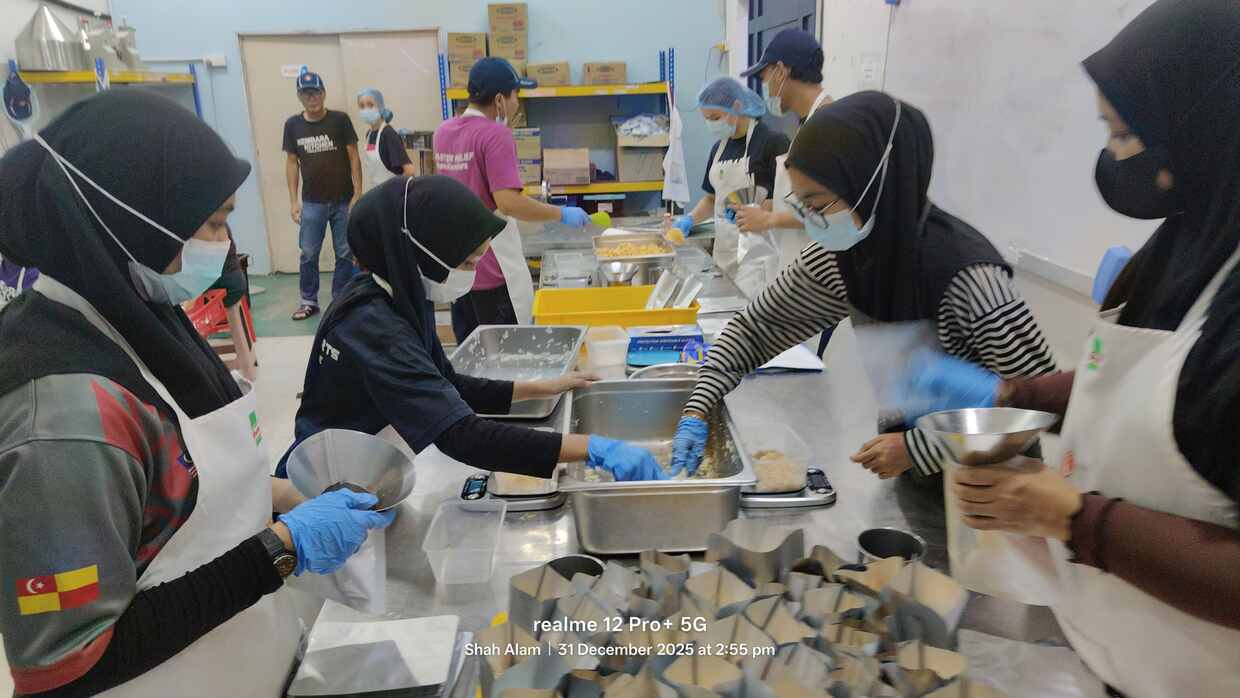Introversion has always been a misunderstood personality trait. While extroverts are seen as outgoing, loud and confident, introverted people are labeled the opposite such as socially awkward, unable to communicate and timid.
Throughout the years researchers have realised that there are mainly four types of introversion. Most of them demonstrate a mix of the four traits rather than one. Below is a description of each trait.
The Social Introvert
Social introverts experience the best of both worlds as they love social gatherings and at the same time value the time they spend in solitude. While they prefer meeting new people, time alone with themselves is essential to them.
They prefer their own company not due to anxiety but because they draw their energy and strength from it.
Social introverts prefer to socialise and spend time with a close family or friends. They dread small talks and prefer to get to the action or have deep meaningful conversations.
Activities such as going to the cinema, restaurant or concert alone are ideal to them as they can enjoy doing something they love alone while surrounded by people.
The Thinking Introvert
People with thinking introversion tend to be more self-reflective and introspective. They have a rich inner world that is vivid and exciting.
Their deep connection with their inner world helps them nurture their creativity and generate new ideas.They are stimulated by activities that spark the imagination such as reading compared to partying.
They like to reflect and examine every experience and emotion. It helps them understand and accept their strengths and weaknesses.
Their introspective nature helps give meaning and direction as they navigate through the outside world.
The Anxious Introvert
Anxious introverts struggle interacting with people due to the lack of social skills. Their high anxiety and low self esteem makes them want to be alone all the time.
They decline social gatherings due to excessive fear and worry. They perceive outcomes of future interactions to be based on previous bad experiences. It makes it difficult for them to enjoy the moment due to always expecting the worst in every situation.
However the anxiety doesn’t go away even when they are alone. Their failure to meet unrealistic expectations they set for themselves and the need for approval from others can drain their energy level.
Being on high alert always can make them feel exhausted all the time. It gets their mind trapped in a loop of anxious thinking.
Anxious introverts should engage in activities that help them relax and unwind. Activities such as jogging or journaling can be therapeutic and be a tool for self healing. It is also important to seek professional help to find the root cause of their fears.
The Restrained Introvert
Inhibited or restrained introverts are reserved on how they express themselves. They are usually cautious and take some time to sit back and observe before opening up to people.
They are meticulous and tend to analyze every angle before making any decisions. This makes them less reckless as they focus on what is really important.
While mistaken for being socially afraid, they do enjoy meeting people. They are just selective and only show their true selves to those they trust.
Restrained introverts like to take it slow and avoid any spontaneous actions so they can give their energy to something that is really meaningful.











